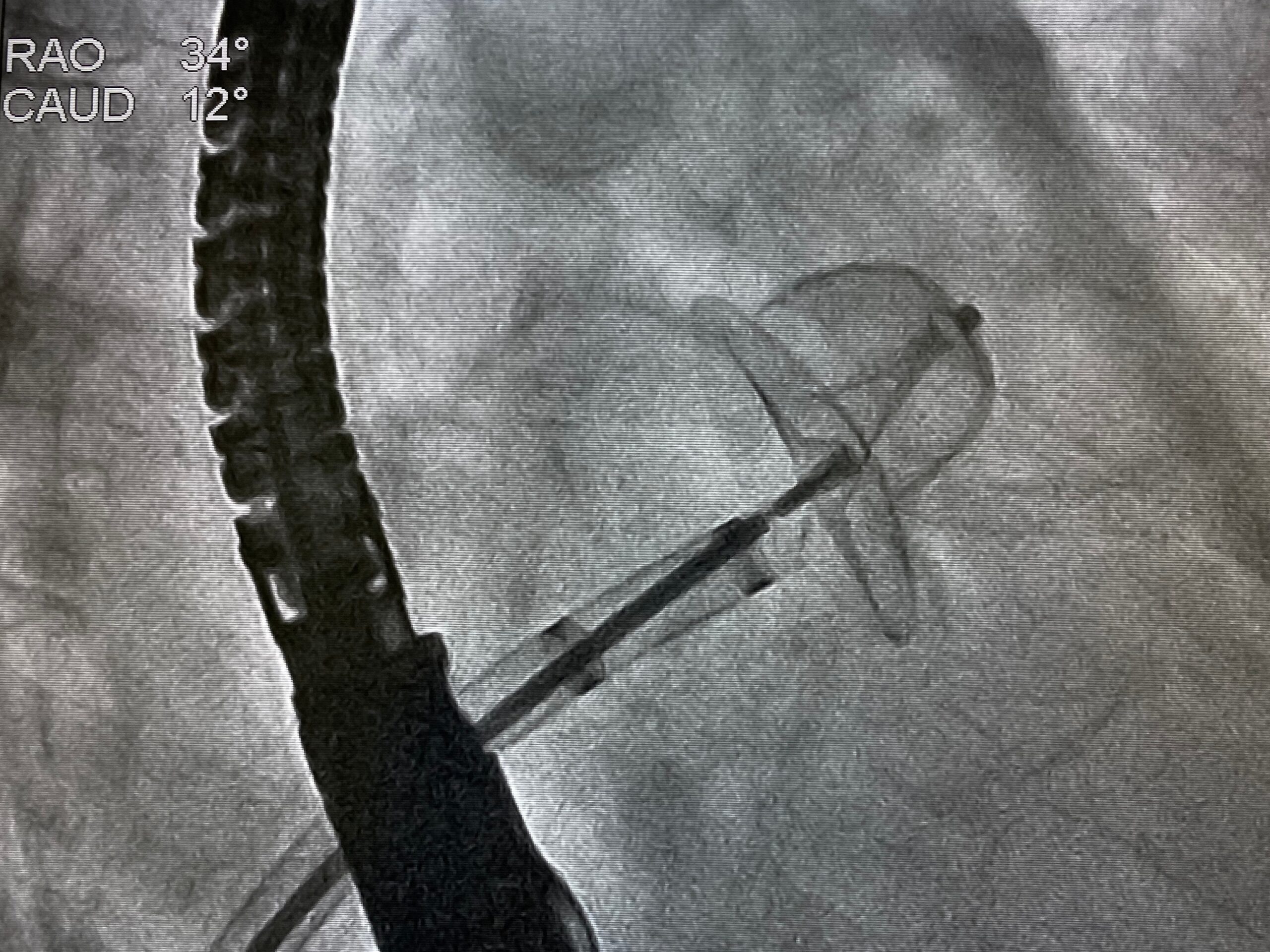
Driven by the rapid development of treatment options for symptomatic severe aortic stenosis (AS), researchers compared one–year outcomes of transcatheter (TAVR) and surgical aortic valve replacement (SAVR) in a meta–analysis of over 65,000 patients. Lead author, Ankur Panchal, MD, and colleagues concluded that, despite individual studies suggesting significant advantages of each method in certain populations, the data suggest that TAVR and SAVR are comparable for low and intermediate risk patients and TAVR is superior only in the highest–risk populations for short– and intermediate–term outcomes.
The report in the Journal of Cardiothoracic Surgery summarized that neither technique outperformed the other based on “hard short-term outcomes, supporting no distinct separation in all-cause mortality and adjudicated cardiovascular mortality at one year between groups, except for the highest surgical risk population who shared lower post procedural stroke, cardiovascular and all-cause mortality at one year.”
A total of 23 studies with a patient population of 66,857 were included, of whom 61,913 patients had TAVR and 4,944 had SAVR. One-year mortality outcomes (TAVR versus SAVR) were similar with respect to stroke (3.1% versus 5.0%), all–cause (12.4% versus 10.3%), and cardiovascular (7.2% versus 6.2%). Historical data showed gradually improved outcomes for both techniques over the past decade
The authors did note that inherent variations among the included studies in baseline characteristics, different vascular access, types of valve implant, and differing procedure expertise, as well as inherent restrictions of temporal trend analyses, were limitations of their study.
Ultimately, the relatively similar outcomes found by the authors between the two methods of surgery led them to suggest substantial socio–economic implications as they considered expanding their TAVR indications to include low– and intermediate–risk patients







 © 2025 Mashup Media, LLC, a Formedics Property. All Rights Reserved.
© 2025 Mashup Media, LLC, a Formedics Property. All Rights Reserved.